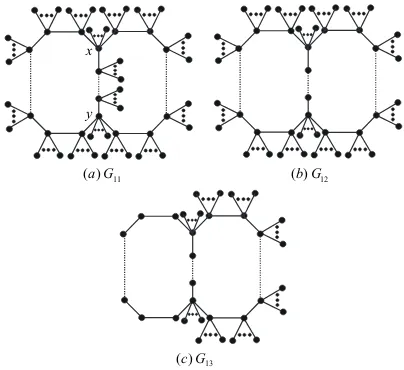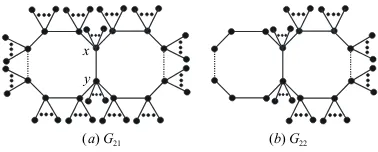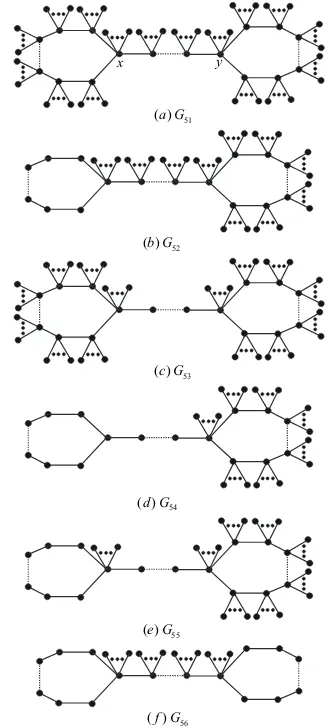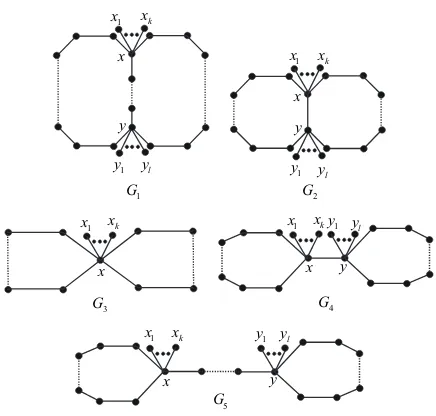Adjacent Vertex Distinguishing Proper Edge Colorings of Bicyclic Graphs
Full text
Figure
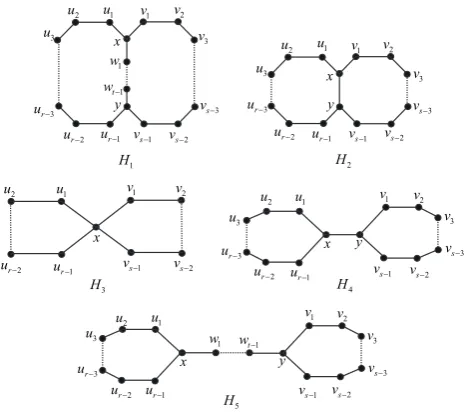
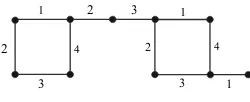


Related documents
Weapon TL Range Damage Cost Traits Pistol Rifle Shotgun Heavy. Electromagnetic Pulse 9 - None x10 Blast 20 - -
The goal is to color the edges of the graph with as many colors as possible such that: (a) any vertex is incident to at most q different colors, and (b) the maximum size of a
A dominator coloring of a graph G is a proper vertex coloring of G such that each vertex of G is adjacent to all the vertices of at least one color class or else lies alone in its
A k-edge coloring of G is said to be equitable if the number of edges, at any vertex, colored with a certain color differ by at most one from the number of edges colored with a
The proper coloring of a graph is the coloring of the vertices and edges with minimal number of colors such that no two vertices should have the same color.. The
The total coloring of graph is the minimum number of colors required to color the vertices and edges of a graph such that no two adjacent edges and no edge and its
M cD ou ga lLi tt el l, a di vi sio n of Hou ghton Mif flin C om pan y CH A PT ER 23 In ve rte bra te Di ve rsit y.. Analogy Vocabulary Set On one blank line next to each
If the bidder believes that he can win a proxy fight and capture the target board even without resolving the commitment problem, he would low-ball the takeover premium in advance (in
